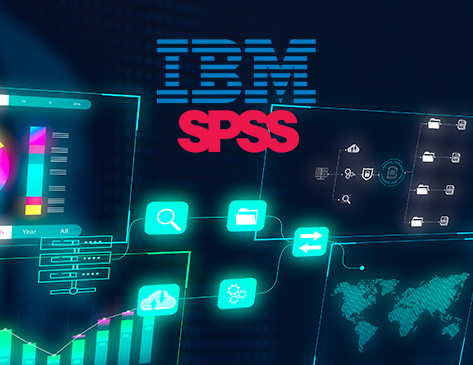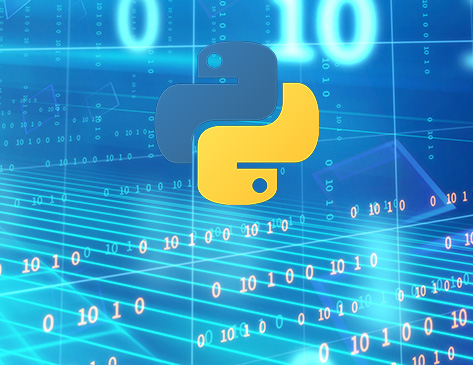In today’s digital age, choosing the right data analysis tool is crucial for ensuring work efficiency and sustainable business growth. With a plethora of data analysis tools available on the market, understanding the features and applications of each tool will help you make an informed and effective decision. In this article, we will compare the most popular data analysis tools to help you find the one that best suits your needs.
One of the most popular and powerful data analysis tools today is KNIME. KNIME is an open-source platform that allows users to build data analysis workflows from simple to complex without the need to write code. KNIME stands out with its easy integration with other tools and support for advanced analytics features such as machine learning and AI. According to a KDnuggets survey, KNIME is highly rated for its flexibility and customizability, making it suitable for researchers and data analysis experts.
SPSS (Statistical Package for the Social Sciences) is a widely used data analysis tool in social sciences. SPSS provides a user-friendly interface and powerful features for statistical data analysis. This tool is particularly useful for survey data analysis and market research. According to an IBM report, SPSS helps improve the accuracy of statistical analyses by up to 30%, demonstrating its effectiveness in practical applications.
R is a free programming language and software environment for statistical computing and graphics. R is widely used in the data science community and offers thousands of packages for various data analyses. A major strength of R is its high customizability and large supportive community. According to an IEEE study, R is one of the most preferred programming languages in data science.
Python is also a powerful and flexible programming language widely used in data analysis and data science. With libraries such as Pandas, NumPy, and Matplotlib, Python allows users to perform complex data analyses and effectively visualize data. Python stands out for its ease of learning and wide application in various fields. According to a Stack Overflow report, Python is the most popular programming language in the data science community.
Excel is the most popular and accessible tool among data analysis tools. With basic data processing capabilities and simple reporting features, Excel is suitable for beginners and small businesses that do not have complex data analysis needs. According to a Microsoft survey, more than 80% of small and medium-sized businesses use Excel for their daily data analysis needs.
Power BI by Microsoft is also a very popular data analysis tool, especially in businesses that already use the Microsoft ecosystem. Power BI allows users to easily integrate data from different sources and create visual reports. A significant advantage of Power BI is its tight integration with Excel, making it easy for users to transform data and create professional reports. According to a Forrester survey, Power BI is highly rated for its ease of use and affordability, suitable for businesses of all sizes.
Tableau stands out with its powerful data visualization capabilities, allowing users to easily create interactive reports and charts. According to a Gartner report, Tableau has been ranked as one of the top data visualization tools for several consecutive years. Tableau’s strengths lie in its user-friendly interface, ease of use, and ability to connect with various data sources. However, the cost of using Tableau can be a barrier for small businesses. Tableau is suitable for large organizations that need to process and analyze large amounts of data.
Google Data Studio is a free data analysis tool from Google, suitable for those who want to create visual reports without incurring high costs. Google Data Studio allows users to connect with Google’s data sources such as Google Analytics, Google Ads, and many others. Although it doesn’t have as many advanced features as Tableau or Power BI, Google Data Studio is still an excellent choice for small businesses and individuals looking to get started with data analysis. Its ease of use and free nature are major strengths of Google Data Studio.
KNIME is particularly suitable for complex data analysis processes that require high flexibility and scalability. KNIME not only allows users to build complex models but also supports advanced features such as natural language processing (NLP), image analysis, and integration with big data platforms like Apache Hadoop and Apache Spark. According to a KDnuggets survey, KNIME is rated as one of the most powerful tools for deploying large and diverse data analysis projects.
Each data analysis tool has its unique features and strengths, making it suitable for different analysis needs and goals. Choosing the right tool depends not only on its features but also on cost, ease of use, and integration capabilities with existing systems. To better understand and effectively apply these tools, you can join specialized data analysis courses at ceoduyho.com, where high-quality training programs are provided to help you master the knowledge and skills needed to become a successful data analysis expert.
Khoá Học Phân Tích Dữ Liệu
Chào mừng bạn đến với loạt khoá học chuyên sâu về phân tích dữ liệu và học máy. Chúng tôi cung cấp các khoá học đa dạng nhằm đáp ứng nhu cầu học tập và nâng cao kỹ năng của bạn trong lĩnh vực phân tích dữ liệu.
Tác giả Hồ Đức Duy. © Sao chép luôn giữ tác quyền









